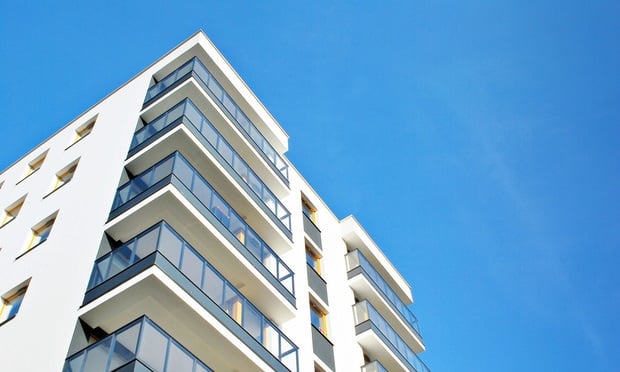Hundreds of attendees packed an auditorium at Pace University for a meeting of the Lower Manhattan Development Corp. and the Port Authority of New York and New Jersey that was the first opportunity for community members to voice their opinions on the massive development project ahead. LMDC Chairman John Whitehead lauded the choice of Beyer Blinder Belle and Parsons Brinkerhoff to produce an urban design and transportation study for the area, and Port Authority chief engineer said the study would "produce a plan that identifies the best land uses for 16-acre site and adjoining areas."
But attendees had a far different message for the dozen LMDC and PA representatives who shared the stage with Whitehead. While several audience members used part of their microphone time to thank city and state officials for their work, many heaped harsh criticism on the LMDC.
Though Whitehead ignored heckling by a group of Lower East Side residents, when their spokeswoman, Margaret Hughes, took the floor for her allotted three minutes, she said it was "disappointing that so many decisions have already been made by LMDC" without public input. Hughes questioned the validity of LMDC's role in the overall process and said Governor George Pataki should take over the rebuilding of Downtown.
Several Chinatown residents, some through interpreters, also expressed dissatisfaction with previously released LMDC redevelopment guidelines. Many representatives of the community claimed Chinatown is being ignored. "We want to see this plan of exclusion become one of inclusion," said one attendee.Downtown residents hammered officials for a perceived lack of inclusiveness in the planning process. Under fire were the omission of Universal Design principals--a set of standards favored by the disability community--from planning documents, a perceived lack of diversity on the panel and what many said is scant attention paid to affordable housing. Deep concern for Lower Manhattan air quality and the continuing economic fallout from Sept. 11 were also voiced. "Children are dying," said one Chinatown resident. "How can you talk about railroads and not mention human life." A Chinatown garment worker echoed the sentiment. "You've forgotten the most important thing: People," she stated.
Added a representative from advocacy group 9/11 Action, "It was not normality we returned to. It was a toxic dump." Resident Vivian Williams noted, "We're being poisoned and who cares? We're reaching out to you and we need help."Plans for a memorial at the WTC site was also at the forefront of attendees' comments. Calling Ground Zero "the final resting place of thousands," resident Patricia Riley said that whatever form a memorial takes it must be "a place of honor that reflects the sanctity of those lives that were lost."
Several memorial concepts and plans were presented. Rooftop gardens on existing structures or atop newly constructed buildings were suggested. Long Island prosecuting attorneys Daniel Looney and Kenneth Kunken and graphic design student Anna Blazejczyk presented renderings of a monument designed to stand on the original trade center site. Its tower would be the tallest structure in Manhattan, constructed with an open frame and topped with an illuminated gold statue of an American Eagle. Four elevators would transport visitors to an observation deck at the top of the memorial.
Rebuilding the original twin towers, or structures of similar or greater height, was stressed by several residents. Shouts of "Rebuild the towers" were raised when Manhattan resident Bill Huff advocated constructing "the tallest buildings in the world" Huff added that developers of the site should "reinstall the Towers of Light on top," referring to the two vertical beams of light that served as a temporary memorial. "Let's rebuild what was destroyed, better than ever," he added.
Several attendees repeated the theme of designing buildings at least as tall as the fallen towers, each to enthusiastic applause from the crowd. Resident Robert Segal, who said he was there "in support of verticality," said the WTC site should not be redeveloped as "bunkers in which to cower. It's more important that the buildings be monuments to beauty and to functionality than to process," he said, adding, "Never change the name. It's the World Trade Center. Let's keep it that way.
Want to continue reading?
Become a Free ALM Digital Reader.
Once you are an ALM Digital Member, you’ll receive:
- Breaking commercial real estate news and analysis, on-site and via our newsletters and custom alerts
- Educational webcasts, white papers, and ebooks from industry thought leaders
- Critical coverage of the property casualty insurance and financial advisory markets on our other ALM sites, PropertyCasualty360 and ThinkAdvisor
Already have an account? Sign In Now
*May exclude premium content© 2024 ALM Global, LLC, All Rights Reserved. Request academic re-use from www.copyright.com. All other uses, submit a request to [email protected]. For more information visit Asset & Logo Licensing.








